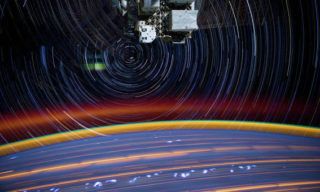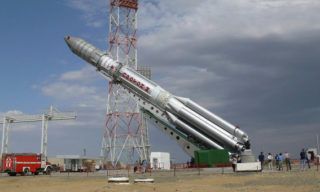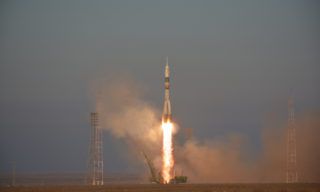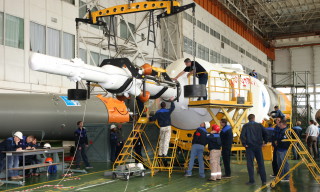According to RIA Novosti, Russian astronomers were the first to watch the brightest of the last five years gamma-flash.
Gamma-flashes is one of the most extraordinary and mysterious astrophysical phenomena. These are sporadic flashes of the space gamma-emission, coming from various directions of the Universe’s deeps. First time they were registered by American satellites of Vela series, aimed to record soviet ground nuclear tests. It is assumed that sources of gamma-flashes are explosions of supernovas in far galaxies.
In order to register gamma-flashes in 2004 NASA launched the Swift space observatory, which tracks almost all gamma-flashes using its BAT (Burst Alert Telescope). Yesterday at 07.47 GMT (11.47 Msc), the Swift observatory registered a flash that received a reference index GRB 130427A.
Alexey Pozanenko from Space research institute of Russian Academy of Science , Leonid Elenin from Applied mathematics institute of Russian Academy of Science and their colleagues were the first to perform the optical observation of this gamma-flash using 0.45-m automatic telescope of Russian observatory ISON-NM, located in the USA.
“Brightness of gamma-flash afterglow reached the 11th star magnitude 139 seconds after the beginning of the flash, this is the highest optical brightness since March 2008, when the flash GRB 080319B reached the magnitude of 5,7. Now the afterglow is going down but will be visible for next several tens days “, — Elenin said to RIA Novosti. According to computations of scientists, the galaxy this gamma-flash originates from is 4,37 billion light-years from the Earth.



















